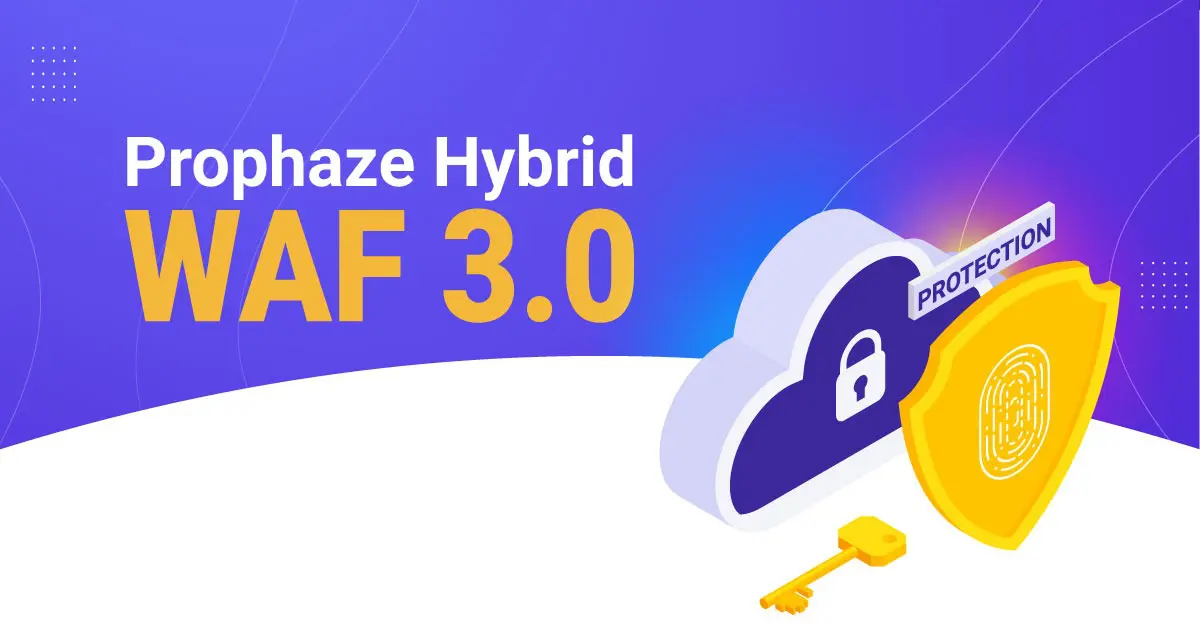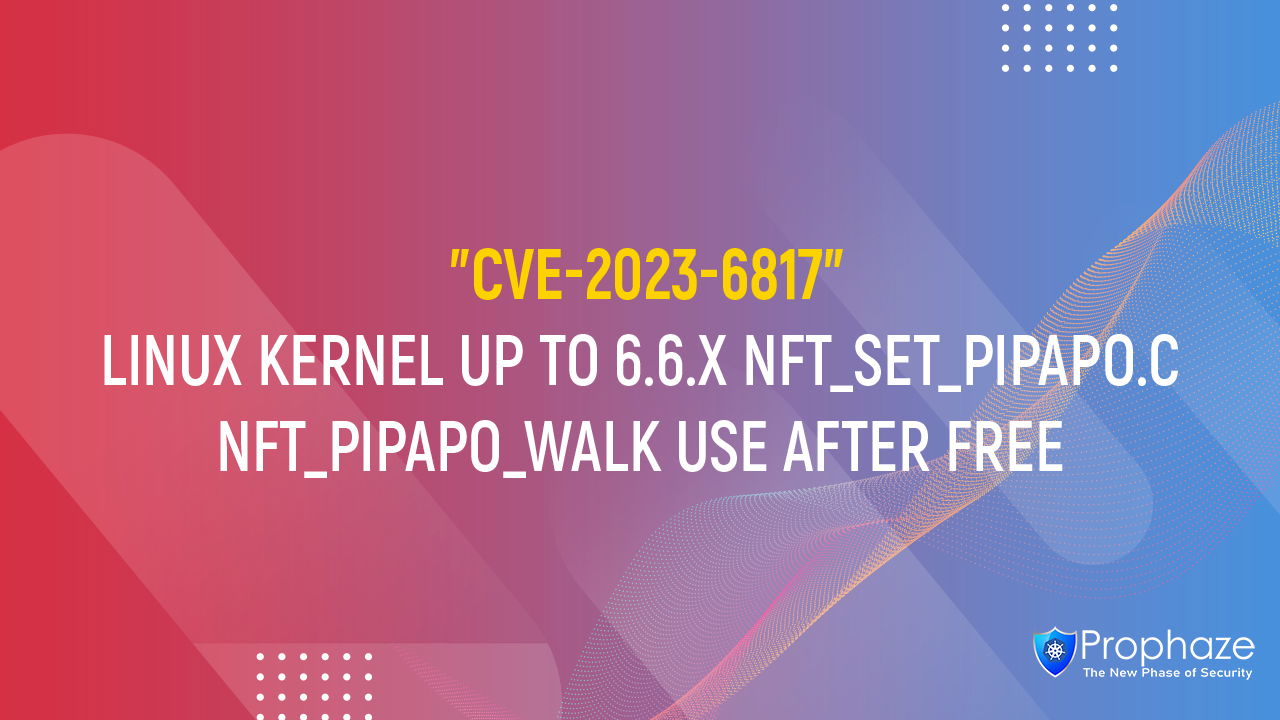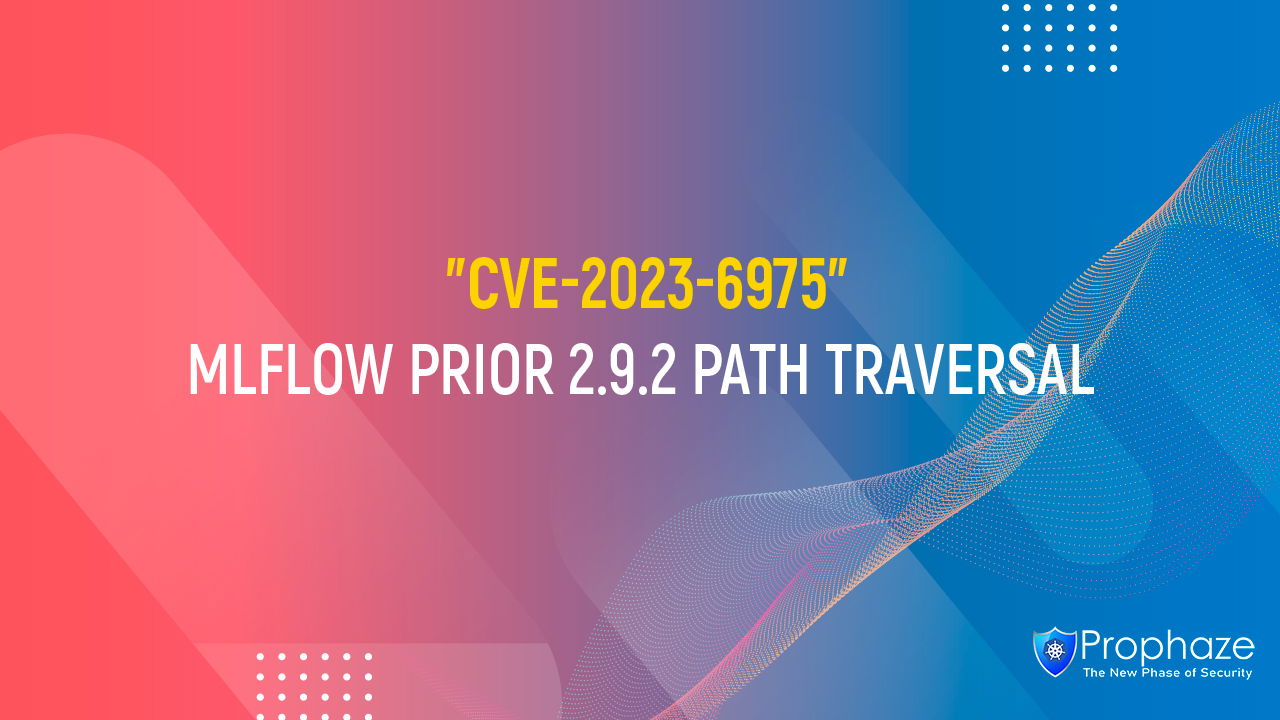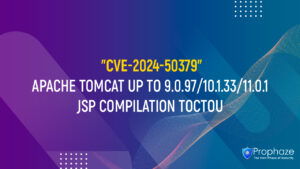Web Application Firewalls (WAF) have existed for quite some time to safeguard web applications by inspecting HTTP traffic. Traditionally, on-premises WAFs were deployed within enterprises to secure internal intranets and internet-facing web applications. However, over time, organizations have increasingly relied on online applications to conduct business with their business partners and customers, making the maintenance and protection of a web application crucial to their operations. Although it is maturing, the WAF market is expanding and developing. As a strategic approach to ensuring overall IT web application security, WAF is becoming increasingly vital to businesses. Prophaze is a leader in the industry that provides this service.

Prophaze provides Cloud WAF as a Service, Layer 7 DDOS mitigation, and Bot Mitigation for AWS, Azure, Google Cloud, Kubernetes, Fargate, and Microk8s. In addition, this Leadership Compass discusses Web Application Firewall options for protecting web applications (WAF). These solutions can safeguard web-based apps, their data, and APIs, widespread in small to large enterprises. These solutions address the most basic WAF requirements encountered in the past while also providing more advanced capabilities to address new growing IT requirements that guard against the evolving panorama of internet assaults found today.
API Security Concerns
Google Cloud API Security reports that 50% of businesses and 3 out of 5 C-suite ITDMs have had an API security incident in the past 12 months. This results in a growing interest in Application Programming Interfaces (APIs), and the market is responding by providing a variety of API protection mechanisms, including API gateways, Access Management solutions, and now WAFs that provide their API protection by combining Web Applications and API Protection (WAAP) capabilities.
A new attack surface is created by the need for more maturity in API security strategies at many companies, even among the largest ones.
-
There is Provider Hosted DNS.
-
No Control over Third-Party APIs.
-
There are no existing solutions at this time.
In terms of API gateway vendors, Prophaze WAF is vendor agnostic and supports industry-standard solutions. All your API endpoints will be safe and secure thanks to Prophaze’s positive security paradigm, which verifies that only the traffic you want is allowed to use your APIs. To avoid vendor lock-in, Prophaze supports all major API gateways.
How Prohaze is innovative as a Solution?
Prophaze WAF detects a wide range of threats, including all OWASP Top 10 vulnerabilities and advanced threats. It is a non-intrusive, multi/hybrid cloud / on-prem based solution that does not affect your operations. For clients who understand WAF:
-
Prophaze takes a few minutes to deploy with zero downtime.
-
Run in stealth mode, then learn what’s good and poor to generate results automatically.
-
Allow for real hybrid mode with regular updates, Pushed builds, and customized builds.
-
At a significantly cheaper cost, remediate.
-
Have dashboard visibility and simple management of overall traffic, both excellent and negative, with actions to take.
How you will benefit from Prophaze Hybrid WAF 3.0?

Prophaze is an all-in-one platform for Web security that includes WAAP, WAF, Bot Protection, and Layer 7 DDoS Protection.
-
Prophaze’s Kubernetes WAF is a native Kubernetes WAF that detects and blocks malicious requests before they reach your Web APIs. Whether you’re using Kubernetes or Nginx, an ingress controller like istio or traefik, or a service mesh like a swarm, Prophaze has you covered.
-
Implementing Automated Security Measures: Get complete protection from online application attacks with Prophaze WAF and spend more time maximizing cloud benefits.
-
The Prophaze WAF ensures the security of your AWS web applications and facilitates a smooth and risk-free transition of your workloads to AWS. The WAF’s architecture is redundant and extensible, allowing it to dynamically scale up or down in response to changes in workload.
-
Layer 7 Distributed denial of service (DDoS) protection: Prophaze safeguards your Kubernetes-deployed API endpoints from assaults from malicious botnets.
-
With Prophaze, your website will be scanned automatically for the OWASP Top 10 and thousands of other known vulnerabilities.
-
Codification of Everything: To maximize savings and productivity, a unified product, process, and stakeholder is used throughout the development life cycle (from code/build to production).
Evolution of Web Application Security
The traditional model is WAF 1.0, which was created in the early 2000s and is hardware-driven, not scalable, and usually rule-based.
The current version is WAF 2.0.
This happened with the cloud revolution, mainly with the newest cloud WAF players belonging to the same Bot Protection, Basic API Security, etc. groups. In addition, a static scoring system based on 3rd party intelligence was also made.
Prophaze is WAF 3.0
-
Prophaze Hybrid WAF 3.0 is a real-time, distributed, edge-based application security platform that includes WAF and WAAP.
-
Fewer than 5% false positives.
-
Adding WAF/WAAP to DevOps, shift left perspective, aka DevSecOps WAF.
-
CI/CD Pipeline allows for continuous integration with different tools.
-
Securing APIs for IoT devices.
-
Protection Business logic attacks.
-
Security from API integrations broken by third parties.
Conclusion
At this juncture in history, greater protections are needed for digital systems than ever. To keep your system safe in today’s world of cutting-edge tech, you’ll need to use the most cutting-edge cyber security models available. Prophaze has been using its novel methods to accomplish the same goals. WAF 3.0 has the potential to revolutionize cyber security by introducing cutting-edge innovations that will increase online safety and productivity. KuppingerCole Analysts has recognized Prophaze as An innovative leader in the WAF leadership compass.








